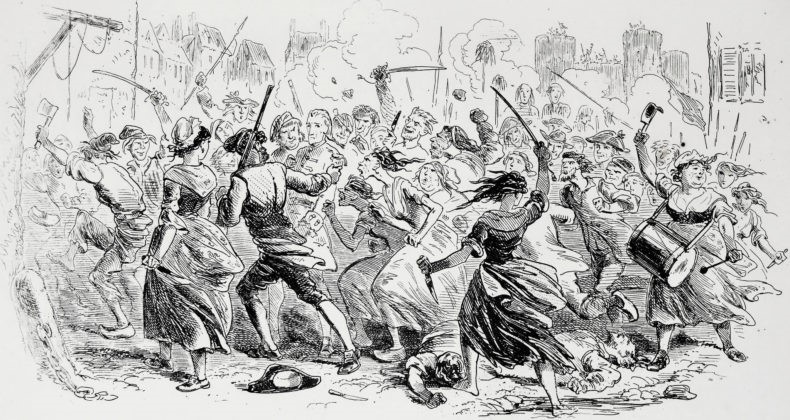“It was the best of times, it was the worst of times, it was the age of wisdom, it was the age of foolishness, it was the epoch of believe, it was the epoch of incredulity, it was the season of light, it was the season of darkness, it was the spring of hope, it was the winter of despair.”
This of course is Charles Dickens, speaking as a fellow Agilist about our current times.[1]
It is the best of times as Agile takes root and expands into the business world.
It is the worst of times as our transformations fail.
It is the age of wisdom as Lean and Agile expose a path to productive societies.
It is the age of foolishness as we argue our practices.
It is the epoch of belief as we observe the immense possibility of our principles
It is the epoch of incredulity, as we see these principles twisted with doublespeak to validate status quo
It is the season of light, as DevSecOps opens another mile of our digital journey
It is the season of darkness as discipline and empathy seem to fade in the world around us
It is the spring of hope as we see what well-intentioned people can accomplish with the right mindset
It is the winter of despair as the world to which we are attempting to communicate the promise of Agile is distracted by myriad points of societal stress.
Not often enough do we step back and look at Lean and Agile, their potential impact on the broader society, and what this has to do with us personally and as a group. Our own belief in the power of a strong vision and purpose suggests that we should do this. As does Simon Sinek’s Start with Why. We as Agilists need to maintain large reserves of inspiration and purpose as we push out into a world that has worked against its own better nature for more years than is worth dwelling on. We need this larger view even to sustain our morale and empathy locally and day-to-day, as we help the control-oriented manager in front of us to envision another way of working.
Transformation is hard work. It is not for nothing that courage is one of the core principles of both Scrum and XP. I have come to appreciate that more and more. And that leads to why I have written this blog.
When it comes to Lean and Agile, we are, I believe, entering an age of delivery. That the going is tough is simply evidence of this fact. The thing to do is to simply continue communicating, continue selling. Per Daniel Pink (To Sell is Human) the average person today spends 40 percent of her time selling in one way or another. As we continue to move into flatter organization structures and self-organization, this percentage will probably grow.
Don’t consider the word “selling” here as a criticism. If we could turn all this selling time into effective communication, we would be incredibly productive. And that, essentially, is what I think we need to do. We, individually and as a group need to communicate and collaborate a lot – and well. We need to be the change (Mahatma Gandhi). It is a practiced skill. When things get tough, we need to have the courage stand in and, with empathy, do it some more.
This juncture in our Agile evolution holds risk. Having innocently found our way into Agile we suddenly are faced with the daunting task of transforming organizations. Being, many of us, analysts or engineers at heart, we are inclined to study this problem, to analyze it. Certainly, we need to inspect and adapt. In the face of insufficient courage or awareness though, we are susceptible to over-analysis, a retreat into reassuring complexity.
The results of this misstep could be serious. It could put us more out of communication with our public, make what we are trying to share more inaccessible to them and to some degree buried beneath additives. So much of what I see in Lean and Agile is age-old truths about man’s inclinations toward personal and group accomplishment, packaged to unleash these capabilities.
I suggest we focus on action. There are organizations and populations waiting to benefit from these principles and practices. For every three or four who dismiss these ideas, there are ten or twenty who will celebrate them and thank us for having effectively communicated these concepts.
There is a time to focus on differences and a time for alignment. Let’s learn, ourselves, to collaborate better. Let’s, together, move into another level of action and communication. Let’s embrace the opportunity this moment holds for all of us. Let’s be the change.
Art Moore, Clear Systems LLC
[1] OK, it’s from A Tale of Two Cities, Charles Dickens

